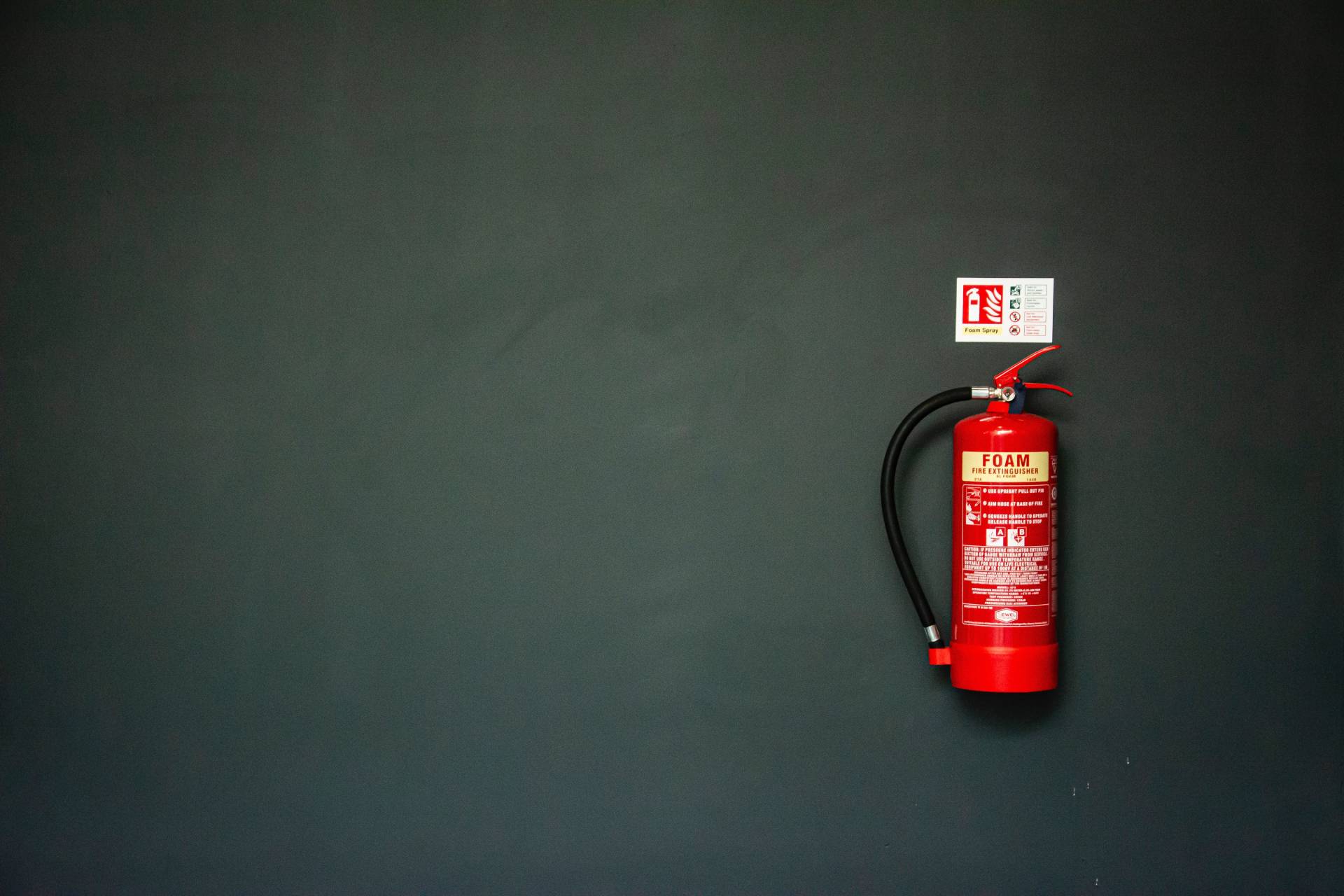
Failures in fire safety management are often cited as a contributory factor in serious and fatal fires in the UK. There are both legal and practical drivers for introducing a formal fire safety management system. BS 9997 is a certifiable fire safety management system standard. It sets out the requirements for fire safety management implementation, including fire safety policy and objectives, hazard identification and elimination, risk identification and reduction and continual improvement of fire safety performance.
Employers’ Duties
The responsible or appropriate person or duty holder has duties under the relevant statutes, which, depending on jurisdiction, are the:
Regulatory Reform (Fire Safety) Order 2005 / Fire (Scotland) Act 2005/Fire Safety (Scotland) Regulations 2006 or the Fire and Rescue Services (Northern Ireland) Order 2006 and Fire Safety Regulations (Northern Ireland) 2010. Article 11 of the Regulatory Reform (Fire Safety) Order 2005 (or the equivalent in Scotland and Northern Ireland) requires the responsible or appropriate person or duty holder (from henceforth referred to as the responsible person) to make and implement arrangements for planning, organising, controlling, monitoring and reviewing of the preventive and protective measures required by the respective legislation.
Employees have duties in the : Regulatory Reform (Fire Safety) Order 2005 / Fire (Scotland) Act 2005/ Fire Safety (Scotland) Regulations 2006 & Fire Safety Regulations (Northern Ireland) 2010. Each of these requires all employees must co-operate with the responsible person or their employer to ensure the workplace is safe from fire and its effects, and must not do anything that will place themselves or other people at risk.
Benefits of Applying a Fire Safety Management System Standard
Implementing a fire safety management system standard can bring benefits to an organisation.
These include: increased assurance that all legislative requirements have been identified and that the organisation is fully compliant not just with the Regulatory Reform (Fire Safety) Order 2005 (or its equivalent in Scotland and Northern Ireland) but other more specific regulations that may apply to its specific sector improved overall management of fire-related risks in line with the risk-based UK fire safety regime:
- a consistency of approach to the management and control of fire risks across multiple sites
- ensuring that the aspirations, objectives and goals contained in the fire safety policy are put into action
- a better allocation of resources to enable risks being managed to as low as reasonably practicable
- a “cradle to grave” approach to fire risk management in premises from design, through build, use, refurbishments and disposal
- an opportunity to have independent verification that fire risks are being managed through third-party certification of the system
- assurance for internal and external stakeholders that fire risks are being well-managed and that the organisation can react to changes in the fire risk profile.
When to apply a Fire Safety Management System Standard
Those with fire safety responsibility may decide that a fire risk management system is necessary to meet legislative compliance with the risk-based fire safety regime. There are no specific criteria to determine when a system should be used but, in general, the following may influence the decision.
Whether an organisational and/or strategic approach to fire safety is required. For example, where clarity is required within the organisation as to roles, responsibilities, authorities and accountabilities for fire safety or formal governance arrangements are required in the higher echelons of the organisation. Where the organisation has multiple sites and/or a large geographical footprint so that there is continuity of approach at all sites in relation to fire safety.
Where fire risks are high and enhanced fire risk management assurance is required. Where the organisation wishes to set itself minimum standards for managing fire risks, for example based upon the benchmarks provided in a recognised framework such as those provided by national or international standards organisations.
British Standard 9999:2017 Fire Safety in the Design, Management and Use of Buildings. The code of Practice makes reference to “management system levels”. It suggests that a Level 2 system would entail good practice to ensure conformity with legislative requirements through a basic level of management. A Level 1 system on the other hand would entail best practice to ensure conformity and a higher level of management via a formal fire safety management system standard.
You can contact our team of experts at Cambridge Safety to learn more about this topic or enrol onto our NEEBOSH fire safety course to become an expert yourself.
Back to blogs



